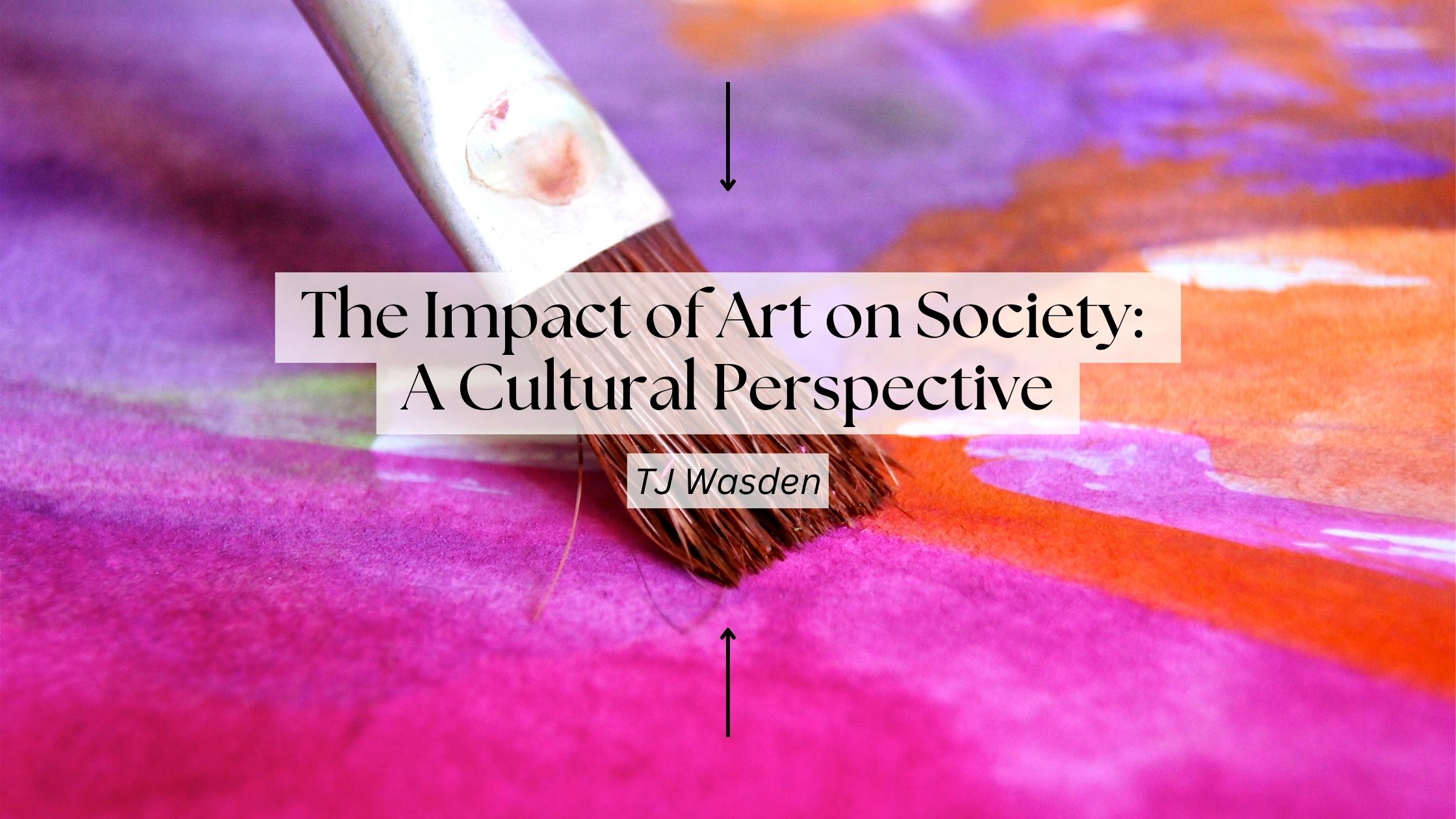
Art has always played a profound and multifaceted role in shaping societies and cultures. From prehistoric cave paintings to contemporary digital installations, art serves as a powerful mirror reflecting a society’s values, beliefs, and aspirations.
Reflection of Culture and Identity:
Art is a reflection of cultural identity. It captures a society’s essence, history, traditions, and values. Different cultures produce distinct art forms that tell their people’s stories, from the intricate calligraphy of Arabic art to the vibrant colors of Mexican muralism.
Catalyst for Social Change:
Art has been a catalyst for social change and political movements. It can challenge the status quo, provoke thought, and inspire action. For example, the civil rights movement in the United States saw artists like Jacob Lawrence and Faith Ringgold using their work to address issues of racial injustice.
Preservation of History and Memory:
Art serves as a historical record, preserving moments in time and memories of events. Ancient artworks, such as Egyptian hieroglyphs or Greek pottery, provide valuable insights into past civilizations, customs, and achievements.
Promoting Cultural Exchange:
Art serves as a universal language that transcends cultural and linguistic boundaries. Museums, galleries, and cultural exchanges unite people from different backgrounds to appreciate and learn from diverse artistic expressions.
Shaping Public Opinion:
Art has the power to shape public opinion and influence collective consciousness. Political cartoons, for example, use satire and humor to comment on contemporary issues, swaying public sentiment.
Cultural Tourism and Economic Impact:
Art and cultural landmarks attract tourists, contributing significantly to the economy. Cities like Paris, with its Louvre Museum, or Florence, with its Renaissance art, thrive on cultural tourism.
Preservation of Traditional Knowledge:
Indigenous art forms, such as storytelling, traditional crafts, and music, preserve ancient knowledge and traditions that might otherwise be lost. They play a vital role in maintaining cultural heritage.
Globalization and Hybridization:
In our interconnected world, art often reflects the fusion of cultures, resulting in hybrid art forms that bridge cultural divides. This blending of influences can be seen in contemporary music, visual art, and fashion.
Cultural Diplomacy:
Nations often use art and culture as diplomacy, showcasing their artistic achievements and cultural heritage to enhance their global image and foster international relations.
Inspiration for Future Generations:
Artists inspire future generations through their work. The achievements of artists like Leonardo da Vinci, Frida Kahlo, and Shakespeare continue to inspire and influence new generations of creators.
Encouraging Critical Thinking:
Art encourages critical thinking and interpretation. Viewers often engage in discussions and debates about the meaning and significance of artworks, promoting intellectual engagement.
Art’s impact on society from a cultural perspective is profound and multifaceted. It serves as a mirror reflecting the essence of cultures, a catalyst for change, and a means of preserving history and memory. Art fosters creativity, shapes public opinion, and promotes cultural exchange. It bridges past and future generations, offering healing and therapeutic benefits while challenging stereotypes and biases.
